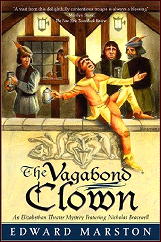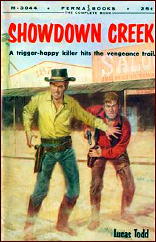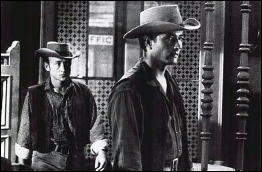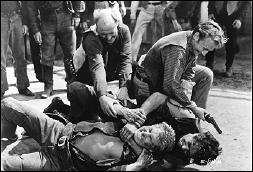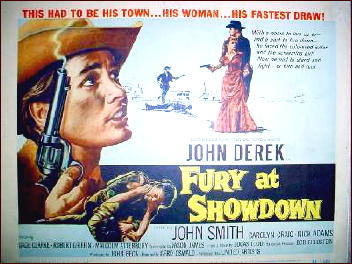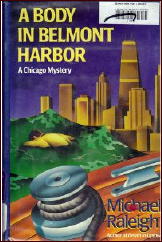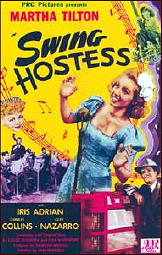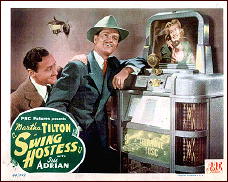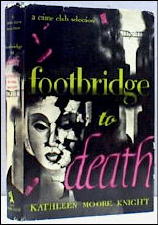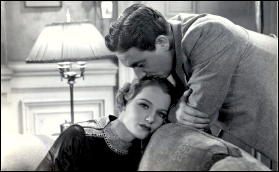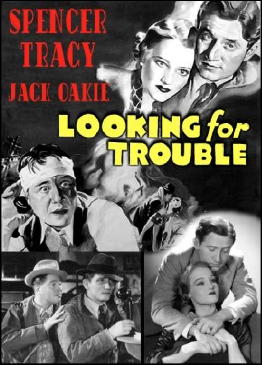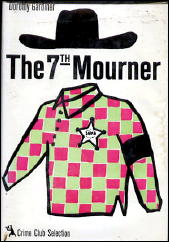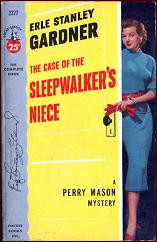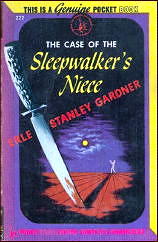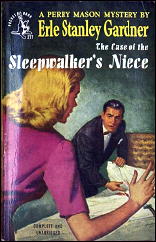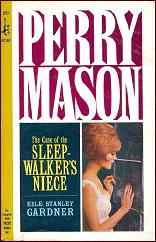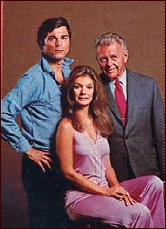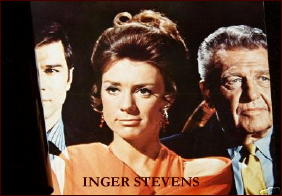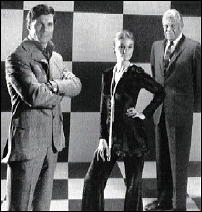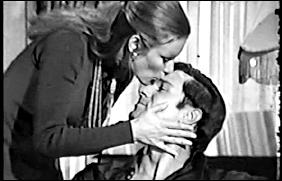Thu 4 Oct 2012
A TV Review by Michael Shonk: PARIS PRECINCT “A Woman Scorned” (1954-55).
Posted by Steve under Reviews , TV mysteries[20] Comments
PARIS PRECINCT. Episode: “A Woman Scorned.†Etoile Production for MPTV, syndicated, 1954-1955, 26 half-hour episodes in black and white. Cast: Louis Jourdan and Claude Dauphin. Technical adviser: Inspecteur Jean Couade. Created by Jo Eisinger. Produced by Andre Hakim.
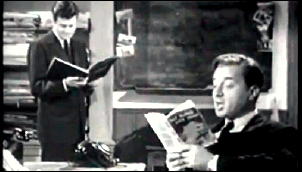
Yet another police procedural based on “real†cases, Paris Precinct used the files of the Paris, France police department. Shot on location in Paris, the series was produced for American syndication by Etoile Production, a company owned by Louis Jourdan, Claude Dauphin, producer Andre Hakim and writer Jo Eisinger.
“A Woman Scorned.” Teleplay by Charles K. Peck Jr. Guest Cast: Giselle Preville, Jean Ozenne, Bruce Kay, Nicole Francis, and Phillippe Clay. Directed by Sobey Martin. *** While on a date with an American soldier, a young blond woman dies from poisoned brandy.
The episode can be found on YouTube in more than one place including here:
https://www.youtube.com/watch?v=NXaCbwmy3ZM
“A Woman Scorned†was a typical TV mystery of the era. The simple story was told in the linear style procedural fans are accustomed to with one twist that made it worth watching for the rest of us. It begins with the murder then introduced our detectives who began a step-by-step search for the killer.
Our two detectives are different enough to make a good team. Louis Jourdan plays the serious Inspecteur Beaumont, lead detective and show’s narrator. Claude Dauphin is charming as the lighthearted Inspecteur Bolbec.
In their first scene we see the two detectives differences through their reading material. Jourdan’s Beaumont is reading a police file, while Dauphin’s Bolbec is enjoying a cheap noir paperback The Blonde Died Young. Bolbec jokingly envies the fictional detective who has made love to three beautiful blondes and one redhead in the first hundred pages.
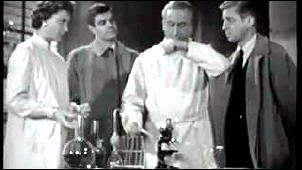
“A Woman Scorned†suffers from some overacting from the supporting cast, one of the common flaws of early TV caused by talentless newcomers or actors who were inexperienced in the subtleties of acting on television versus stage or film.
The episode featured more sets and characters than the usual 50s TV syndication low budget series, partly to give our detectives another excuse to drive through the Paris streets as they moved from one character’s location to another.
There is a surprising absence of fights and chases in “A Woman Scorned,†but that may not have been typical for the series. In Billboard (April 16, 1955), Leon Morse reviewed the Paris Precinct episode “The Convict†and commented favorably on the action scenes such as the bar-fight and a chase across the rooftops of Paris. Morse believed the show should appeal to melodrama fans looking for something off beat.
Writer Charles K. Peck Jr. career would include film (Seminole, 1953), TV (Caribe, 1975) and Broadway (La Strada, 1969). His script for “A Woman Scorned†lacked the action one expects from 50s crime TV, but it had its moments, most notably the twist involving the murder weapon.
Director Sobey Martin stuck with the style of the time, begin with master shot, cut to close ups, and toss in an occasional odd angle such as from overhead. Martin would work for many TV series including Boston Blackie, but he is best known for his work with Irwin Allen and series such as Lost in Space and Time Tunnel.
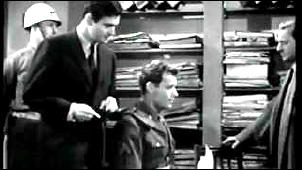
As with most of the early TV syndicated series, specific dates for the series can be difficult to determine. The first mention of the series I could find was in Broadcasting for November 23, 1953 (followed by Billboard, November 28, 1953). Plans were for 117 half hour TV-film episodes to be done in color and distributed by MPTV. Filming had to start May 1, 1954 due to Louis Jourdan’s commitment to a Broadway play (most likely, The Immoralist). Paris Precinct was expected to air September 1954.
In Billboard, May 29, 1954, the series was being offered for sale. Twenty-six episodes were available. Also offered were thirty-nine half hour episodes that would be available in color by September 1, 1954. The additional thirteen episodes most likely were never filmed.
As for Paris Precinct being shot in color but airing in black and white, Billboard (October 23,1954) ran an item about MPTV desire to shoot its TV-Film series in color (tint), but producers had discovered the black and white prints were fuzzy on the air.
“The first twenty six segments of Duffy’s Tavern were tinted, and the last thirteen were monochrome,†noted the article, “as are MPTV’s subsequent shows which were originally planned for tint.â€
September 25, 1954 Billboard mentions MPTV had yet to sell Paris Precinct (and Sherlock Holmes) to any TV station or sponsor. In October, UM&M took over the sales of Paris Precinct (Billboard, October 23, 1954).
In December 1954, Max Factor agreed to sponsor the series in four major markets, New York, Detroit, Chicago, and Los Angeles (Billboard, December 25,1954).
Shulton (Old Spice) agreed to sponsor Paris Precinct in a nation-wide campaign aimed at thirty-five markets in March 1955. In what would be Old Spice’s first TV commercials, Louis Jourdan starred in thirteen commercials to be used with the series. The commercials, filmed by Transfilm, Inc in New York, were sixty seconds or twenty seconds each and filmed live with a jingle. (Billboard, March 5, 19, and 28, 1955).
The production details listed in Billboard (May 28, 1955) gave the initial release date for Paris Precinct as December 1954, and twenty-six episodes were available for syndication.
“A Woman Scorned†is a mildly entertaining half hour mystery that will appeal to those who enjoy an old-fashioned police procedural or those who enjoy seeing 1954 Paris. Hopefully, more episodes will someday surface.
